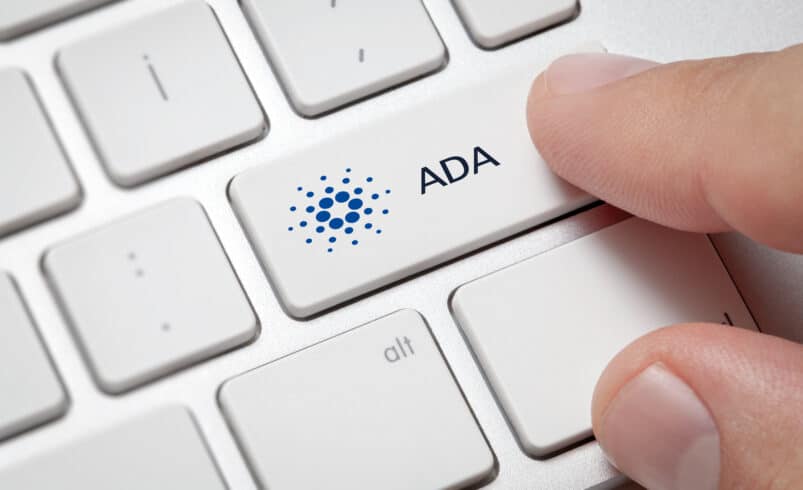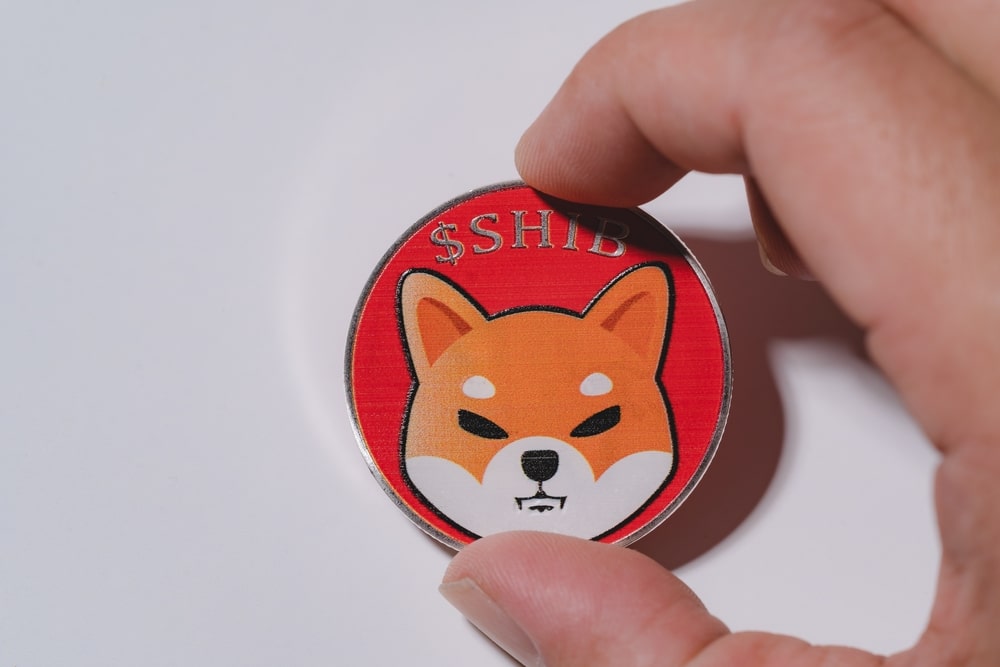What is Cardano? A Comprehensive Guide to ADA and Its Blockchain

With a valuation surpassing $10 billion, Cardano stands as a significant blockchain platform, distinguished by its proof-of-stake protocol that underpins decentralized applications.
The inception of Cardano traces back to 2015, a joint venture by Charles Hoskinson and Jeremy Wood. Notably, Hoskinson brought experience from co-founding Ethereum to the table. Cardano distinguished itself as the pioneering blockchain platform to integrate the Ouroboros proof-of-stake consensus methodology, which is reputed for its energy efficiency compared to Bitcoin’s proof-of-work system.
The inaugural mainnet of Cardano was deployed in September 2017, signaling the operational start of the blockchain and facilitating the transaction of ADA through a federated system governed by the Ouroboros consensus. The platform utilizes a sophisticated smart contract architecture named Plutus, permitting developers to create applications using the Haskell programming language.
ADA Digital Asset
The ADA digital currency is intrinsic to the Cardano ecosystem, fulfilling a pivotal function in the network’s upkeep and functionality. Unlike digital currencies such as Bitcoin, essentially a digital value repository, ADA is crafted to support an expanded array of capabilities, from conducting transactions to staking for network security.
Cardano’s consensus algorithm, Ouroboros, represents a departure from Bitcoin’s proof-of-work methodology, electing validators for block production based on their stake in the network. ADA proprietors thus can engage in the staking process, validating transactions and fostering network integrity. Staking ADA yields rewards, incentivizing users to maintain and stake their currency.
Economically, ADA mirrors Bitcoin to an extent, with a predetermined maximum supply of 45 billion tokens and a present circulating supply of nearly 35 billion. ADA is also the medium for transaction fees within the Cardano network, with fees dynamically adjusted in response to network traffic. Network updates and specific features may necessitate ADA fees or deposits, further entrenching the digital currency within the ecosystem.
For ADA storage, users can select from a suite of wallets, including hardware, mobile, and desktop versions. The official Daedalus wallet offers comprehensive security by maintaining a complete ledger of the Cardano blockchain. Additionally, the Yoroi wallet presents a more streamlined solution, functioning as a browser extension for easier access.
Evolution of Cardano’s Technology
Successive developmental phases have marked the evolutionary path of Cardano’s blockchain, each introducing pivotal enhancements. The Byron Era laid the foundation in September 2017 with the Genesis mainnet. The subsequent Shelley update in mid-2020 decentralized the consensus process, transitioning control predominantly to the community.
Following this, the Goguen era ushered in new blockchain functionalities via upgrades. The Mary hard fork in March 2021 incorporated support for native assets, and progression to the Alonzo phase in 2022 heralded the integration of smart contracts. Alongside these advancements, the Plutus Pioneer Program was established to cultivate a new generation of developers skilled in crafting decentralized applications on the Cardano platform.
The Cardano Platform’s Consensus Mechanism and Structure
The architecture of Cardano is distinguished by its bifurcated structure. Transactions involving the platform’s native cryptocurrency, ADA, are processed within the Cardano Settlement Layer (CSL). Conversely, the Cardano Computation Layer (CCL) is dedicated to managing computational tasks, which encompass the execution of smart contracts and the operation of decentralized applications (dapps).
Temporal segmentation on the Cardano blockchain is organized into epochs, which are subdivided into slots. During each slot, a validator, referred to as a slot leader, is selected to authenticate transactions and incorporate them into the blockchain. The quantity of ADA influences the selection of slot leaders an account possesses and the amount staked rather than being left to chance.
This selection process is integral to the functioning of the Ouroboros protocol. Accounts with a more significant stake in ADA have a correspondingly increased probability of being appointed as slot leaders. The intent behind this proportional selection method is to foster a more equitable and dispersed process for transaction authentication. Moreover, Ouroboros integrates multiparty computation to ensure the randomization and security of slot leader selection, thereby mitigating potential exploitation from any foreseeable patterns.
The protocol’s emphasis on security is paramount, with Ouroboros purporting to offer verifiable security premised on the assumption that a preponderance of the ADA staked is managed by trustworthy nodes.
The Extended UTXO Model
Cardano adopts an Extended Unspent Transaction Output (e-UTXO) model in its ledger system, an adaptation of the UTXO scheme employed by Bitcoin. The classic UTXO model records token ownership based on the unexpended outputs from antecedent transactions. This model operates differently from account-based models—such as Ethereum’s, which portrays the ledger as a state machine. Instead, the UTXO framework treats transactions as discrete operations that utilize specific outputs to create new ones without influencing other ledger segments.
The e-UTXO model enhances this fundamental framework by integrating elements typically associated with account-based models. For example, e-UTXOs can hold additional data fields and conform to complex conditions delineated by smart contracts. This enables Cardano to embed intricate logic while preserving the UTXO model’s advantages, including scalability and concurrent transaction processing capabilities.
Organizational Structure of Cardano
Three distinct entities, each focusing on Cardano, collaborate to steward the project. The Cardano Foundation, a non-profit entity in Zug, Switzerland, undertakes the governance and supervision of the initiative. Input Output is at the forefront of research, development, and deployment of protocol updates. Emurgo, meanwhile, functions as the venture arm of Cardano, expediting project funding.
Academic Foundation and Research Orientation
Cardano’s foundation is deeply rooted in academia, employing a methodology emphasizing peer-reviewed research in developing the network’s software architecture and features.
Subject to extensive academic examination and peer-review processes over time, the initiative has committed to transparency in its software development practices, employing features corroborated by scientific evidence. Cardano’s researchers have contributed more than 100 academic articles, spanning various topics from distributed systems to programming languages and game theory.
Although the academically inclined approach carries significant advantages, it has occasionally resulted in delays in the implementation of software updates as the project has evolved.
DISCLAIMER: It's essential to understand that the content on this page is not meant to serve as, nor should it be construed as, advice in legal, tax, investment, financial, or any other professional context. You should only invest an amount that you are prepared to lose, and it's advisable to consult with an independent financial expert if you're uncertain. For additional details, please review the terms of service, as well as the help and support sections offered by the provider or promoter. While our website strives for precise and impartial journalism, please be aware that market conditions can shift unexpectedly and some (not all) of the posts on this website are paid or sponsored posts.









